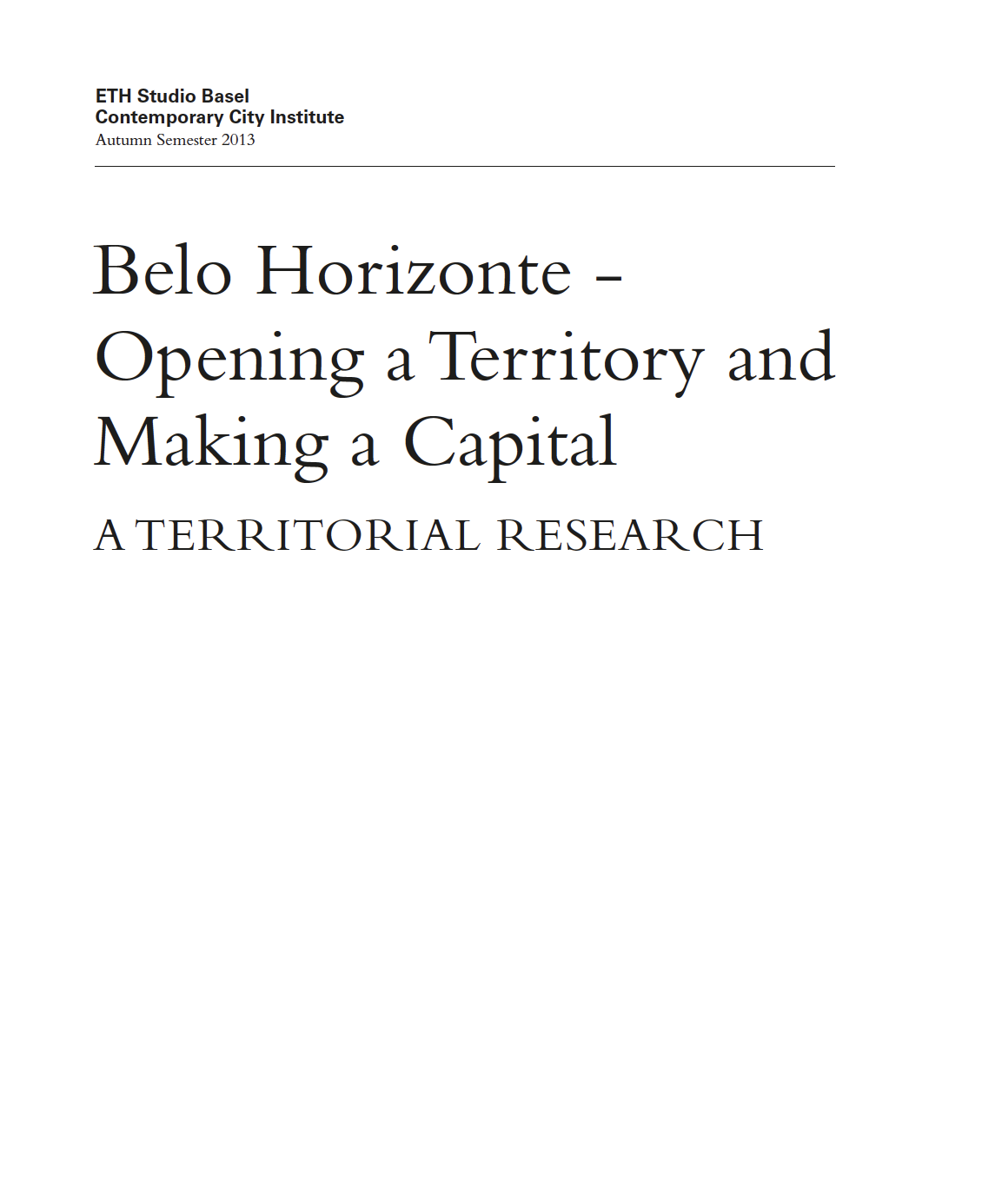Minas Gerais, abbreviated from Minas dos Matos Gerais, means “general mines of the forests”. It refers to two large geographies dominating the state of Minas Gerais: the Sertão—the dry Brazilian highlands—and the Quadrilátero Ferrífero—a mineral-rich area transformed and urbanised since centuries through a network of mining towns and cargo transport infrastructure. Founded in 1897, the state’s capital Belo Horizonte is Brazil’s third most populous metropolitan region after São Paulo and Rio de Janeiro, consisting of twenty adjoining “cities” and home to 5.5 million inhabitants.
Belo Horizonte is an alluring case study to broaden our knowledge on contemporary forms of urbanisation, and the ways in which cities relate to their hinterlands. A joint two-week fieldwork in collaboration with Pontíficia Universidade Católica and Universidade Federal de Minas Gerais was a crucial part of the research, observing urban extenstions and their overlaps with activities that have continued to permeate the land—agriculture, livestock herding, and mining.









